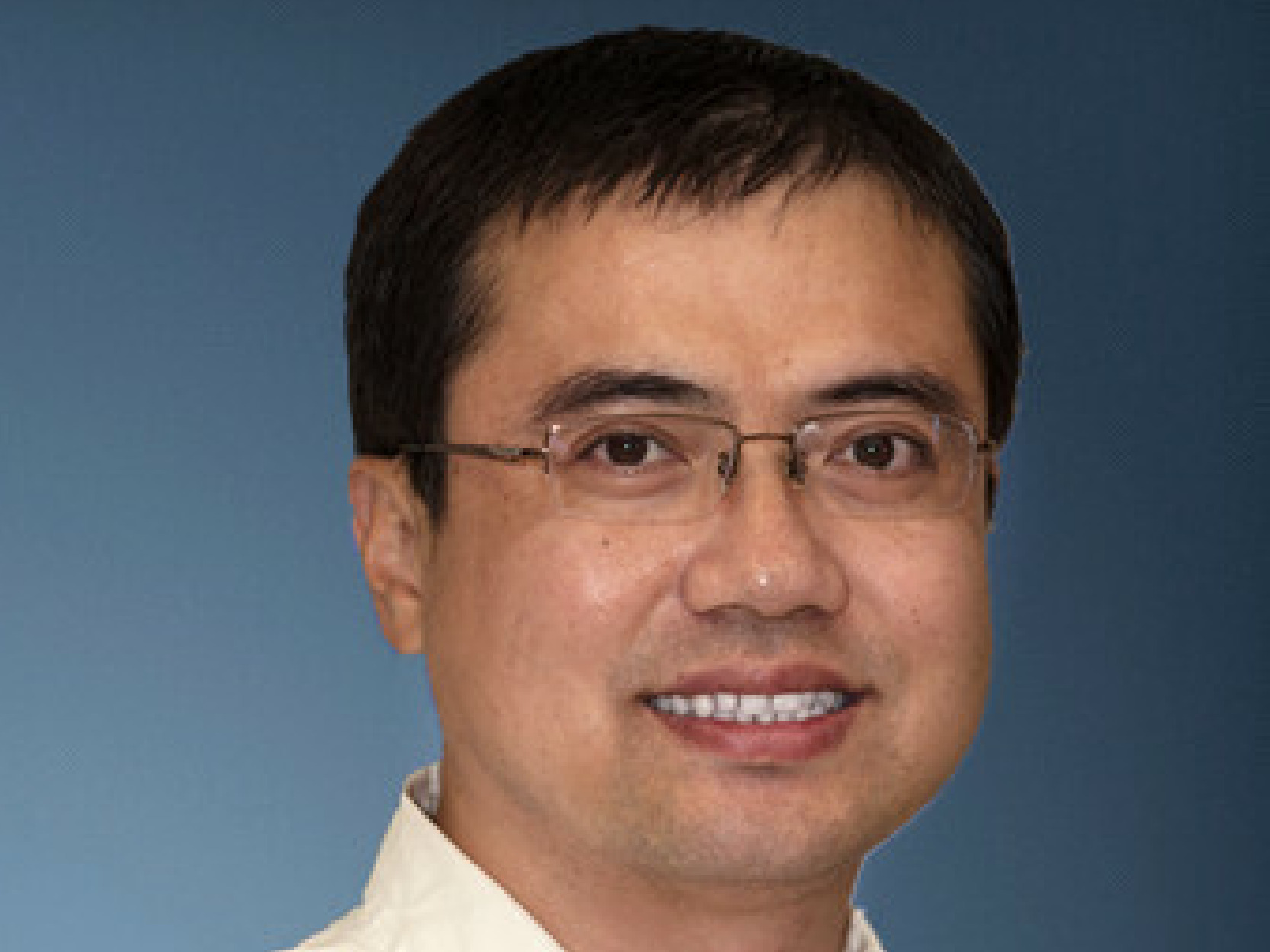 Dr. Guanlan Xu, corresponding author. Behold the beta-cell: a cell found in the islets of Langerhans in the pancreas that is responsible for all the insulin production and secretion needed to maintain normal blood sugar levels.
Dr. Guanlan Xu, corresponding author. Behold the beta-cell: a cell found in the islets of Langerhans in the pancreas that is responsible for all the insulin production and secretion needed to maintain normal blood sugar levels.
Insulin promotes the removal of glucose from the blood and deposition into cells for energy. Without appropriate levels of insulin, cells begin to starve while the levels of glucose in the blood stay high, resulting in hyperglycemia.
Individuals with diabetes are far too familiar dealing with hyperglycemia. Because their beta cells are not functioning adequately and/or are damaged and experience programmed cell death—apoptosis. One of the key factors that can lead to apoptosis is endoplasmic retriculum (ER) stress.
In diabetes, beta cells are especially at risk for ER stress as the increased demand for insulin may exceed their natural production levels. However, what exact factors are involved is still under investigation.
Enter the research team from the UAB Comprehensive Diabetes Center (UCDC). The team discovered that GDF15, a known stress-response gene, was increased in islets of mice and humans exposed to ER stress.
By knocking out, or inhibiting, the GDF15 gene in mouse models of diabetes, researchers were able to conclude that GDF15 contributes to ER stress-induced beta-cell apoptosis and that inhibition of GDF15 may represent a novel strategy to promote beta-cell survival and treat diabetes.
“These findings are promising as they reveal yet another factor the may be contributing to diabetic beta cell death and that could be therapeutically targeted”,” said Guanlan Xu, Ph.D., the paper’s corresponding author.
“We will continue to search for viable treatment options, and ultimately a curative therapy for diabetes here at the UAB Comprehensive Diabetes Center” said Anath Shalev, director of the UCDC.
All authors include:
- Guanlan Xu, Ph.D.
- Junqin Chen, Ph.D.
- SeongHo Jo, Ph.D.
- Truman B. Grayson
- Sasanka Ramanadham, Ph.D.
- Akio Koizumi, M.D., Ph.D.
- Emily L. Germain-Lee, M.D.
- Se-Jin Lee, M.D., Ph.D.
- Anath Shalev, M.D.
Their study, “Deletion of Gdf15 Reduces ER Stress-induced Beta-cell Apoptosis and Diabetes,” was peer-reviewed and published in Endocrinology, and the paper was selected as a featured article by the journal.